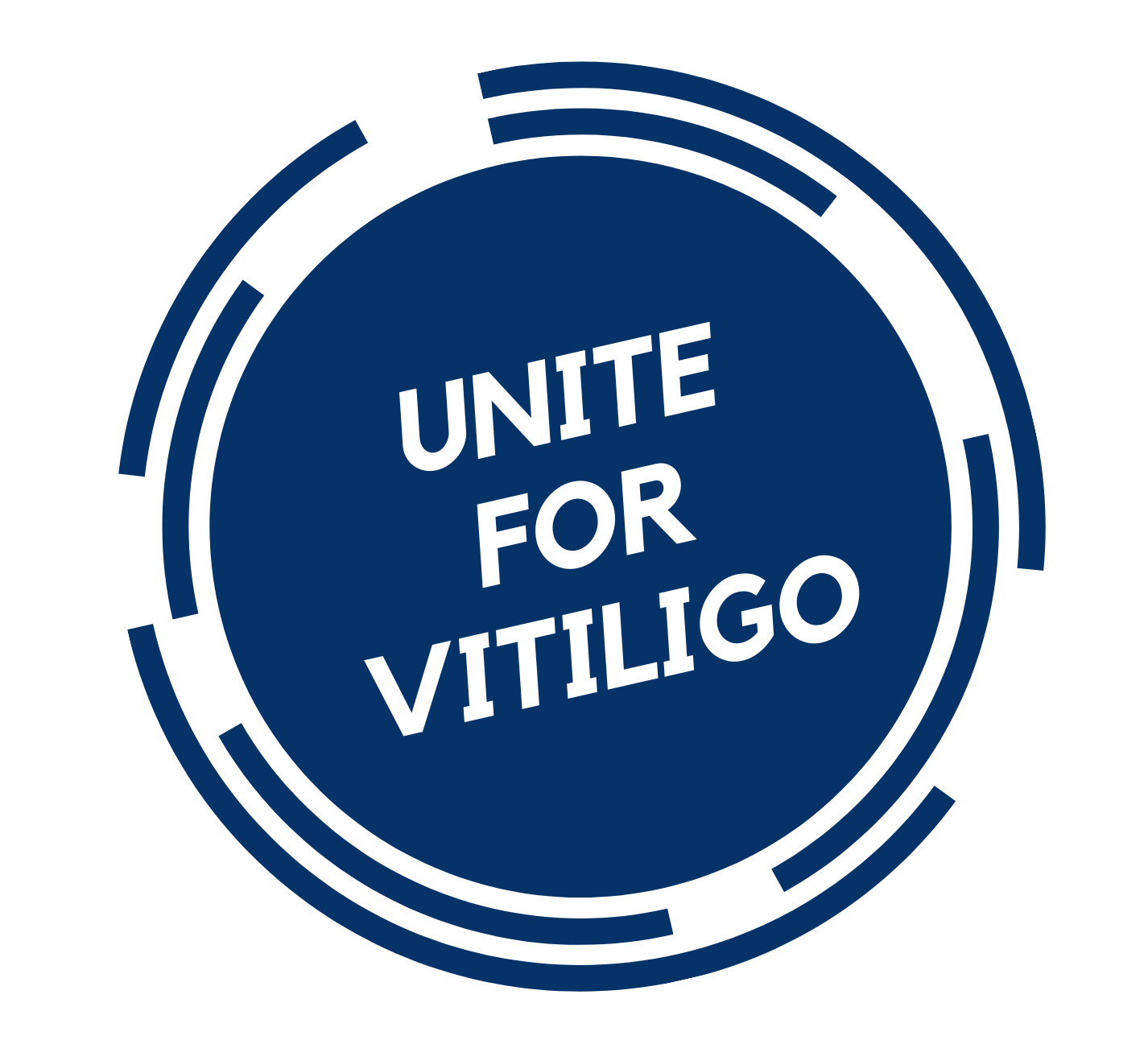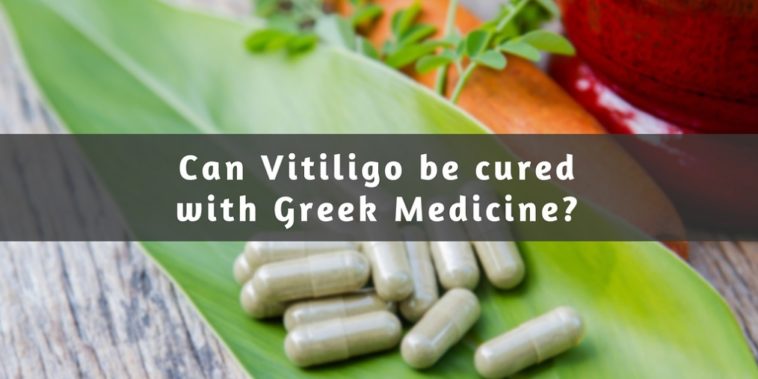So far, the medical science hasn’t been able to find an effective treatment method for vitiligo. However, apart from conventional treatments, Greek medicines have been practiced for centuries in certain parts of the world to attempt to cure vitiligo. The yesteryear’s Greek (also known as Unani) medicine system has its foundations in the ancient Greek, Roman, Persian, and Indian medicine. The approach is considered cost-effective as it uses certain herbal formulations to treat vitiligo or leucoderma.
Many people with vitiligo have reported recovering from the chronic skin disorder permanently. It commonly takes about 2 to 3 months to notice a visible improvement in the patches. However, many people do not respond to the treatment and their vitiligo continues to spread over the course of treatment.
How does Greek Medicine for Vitiligo work?
Greek medicine for vitiligo attempts to create a right balance of insulin, hormones and other releases. The medicine works over certain neural points of the body to release or obstruct the flow of the essential body releases, which play a vital role in regulating the body’s autoimmune system. Over the course of time, the treatment method attempts to prompt the body to produce melanocytes in the affected area(s). It is believed that vitiligo can also be caused or aggravated by stress. So, greek medicine for vitiligo also aims towards reducing general stress.
Most prescribed Greek medicines for vitiligo
Herbal powder and capsules are prescribed depending on the spread of the skin disorder. To make the most of the chosen treatment, a vitiligo-friendly diet is prescribed.
Drugs: All Greek medicines are made from raw materials (curcumin, capsaicin, black pepper, linoleum), but they are tailored or exclusively mixed for the specific patient. These drugs increase the immune system’s antioxidant capacity of neutralizing and freeing radicals, which is considered as a key to the vitiligo’s treatment.
External application: The affected individual is usually asked to apply the topical ointment or balm early morning and then expose the affected area to sunlight for 15 minutes.
Prescribed diet: Certain food items like banana, beef, seafood, poultry, foods with excessive tamarind, foods with cashew nuts, citrus foods, pickles and dairy products are generally restricted during treatment. All vegetables, fruits, eggs, and organic chicken are often encouraged for consumption.

